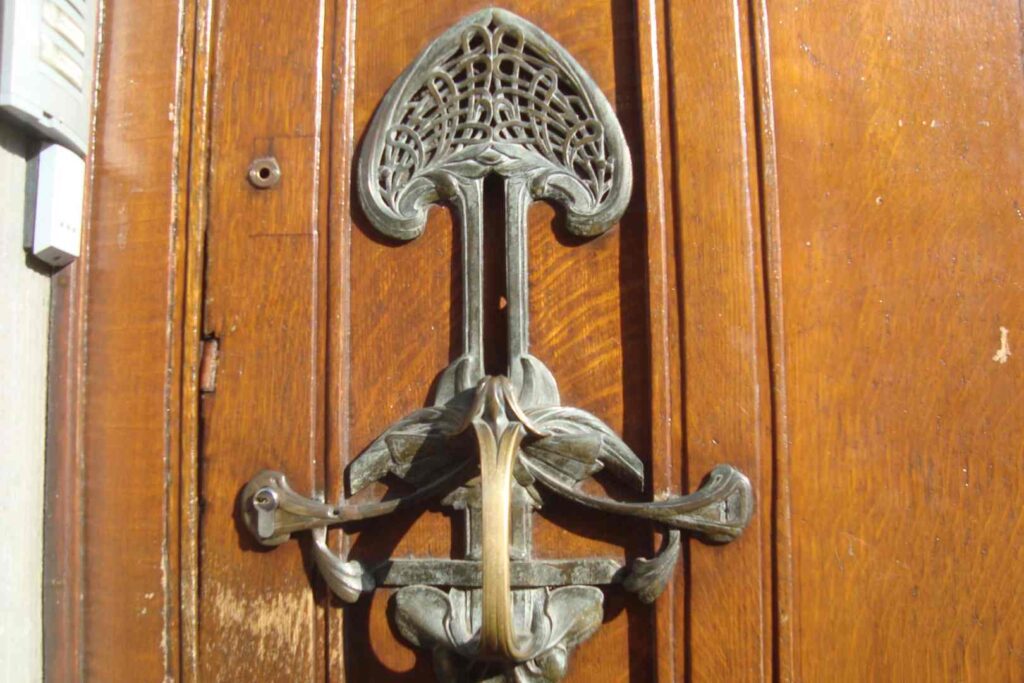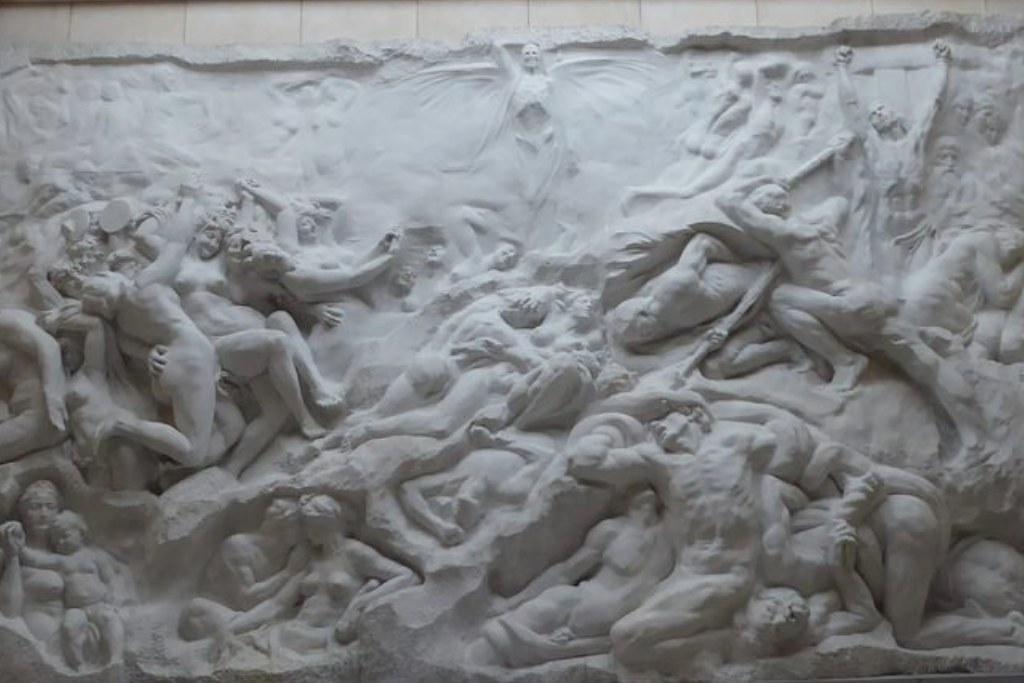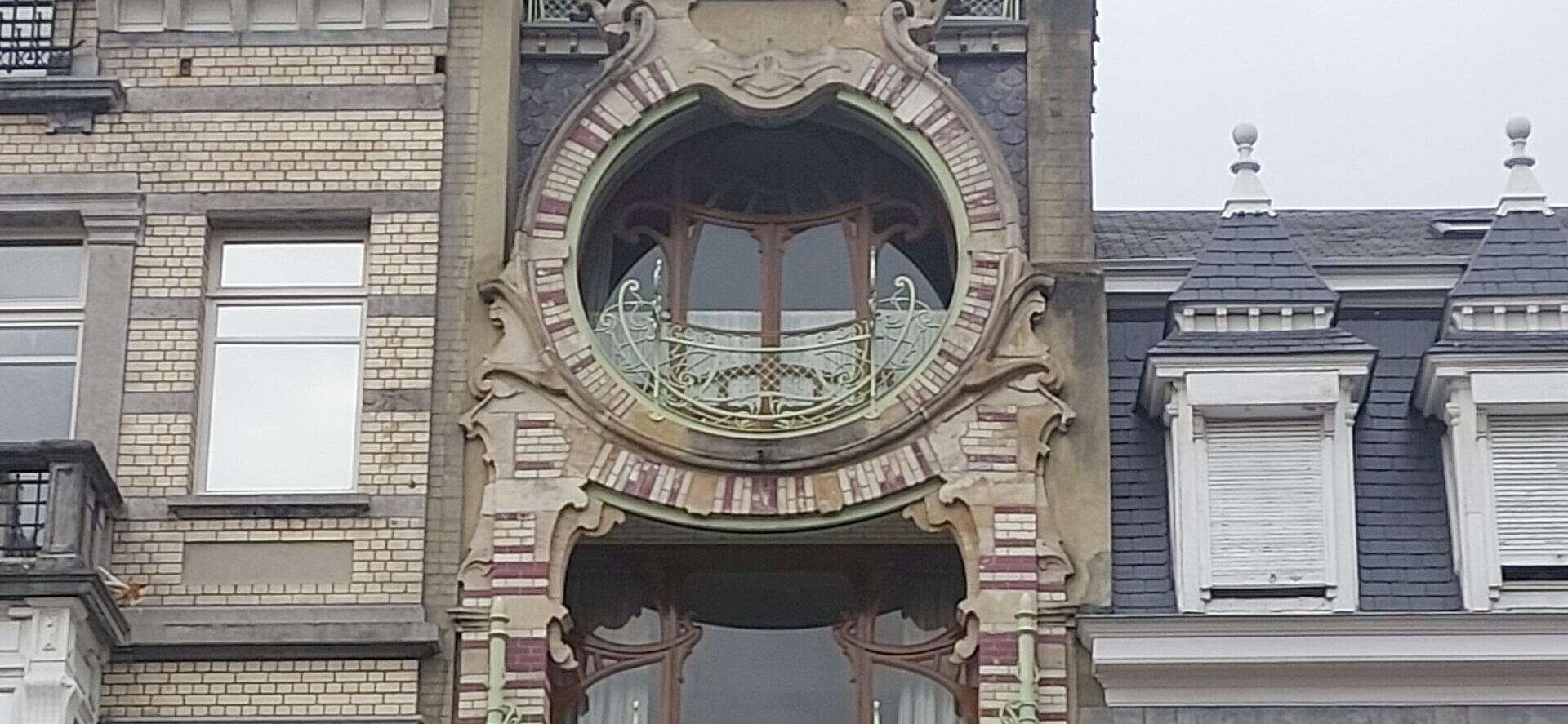The rise of Art Nouveau in Belgium is inextricable from the concurrent exploitation of Congo, its people and its rich natural resources.
Architecture is always rooted in a political, social, and economic context and visitors should know that most Brussels’ most famous Art Nouveau structures were commissioned by individuals whose wealth was built on exploiting the Congo.
While many structures have disappeared over time, Brussels still boasts approximately 1,000 Art Nouveau buildings, with around 200 officially recognized as historic landmarks, according to city estimates. With these figures in mind, the local government is determined to elevate Brussels as the global capital of Art Nouveau, setting its sights on rival cities like Barcelona, renowned for the works of Antonio Gaudí, another key figure in the movement.
The origins of Art Nouveau in Belgium cannot be separated from the country’s colonial history. While the movement represents a significant artistic achievement, it is also a reminder of the complex and often troubling history that underpins much of Europe’s cultural heritage. As Belgium continues to reflect on its colonial past, there is an opportunity to reframe the narrative around Art Nouveau, recognizing both its artistic contributions and the historical realities that shaped it.
In 1893, Belgian architect Victor Horta introduced a groundbreaking architectural style with the construction of Hôtel Tassel on a quiet street near Avenue Louise. His design featured intricate façades, floral patterns, flowing lines, and luxurious interiors that made extensive use of glass and iron, reflecting the opulent spirit of the era.
In 1895, Victor Horta designed a residence for Belgian diplomat Edmond van Eetvelde, who had been appointed by King Leopold II as Administrator-General for Foreign Affairs of the Congo Free State. A decade earlier, Leopold had taken control of the Congo, ruling the territory as his personal possession for 23 years. The atrocities committed during his reign eventually sparked international outrage, leading to the Belgian government taking over the administration of the Congo. It’s estimated that roughly half of the Congolese population perished due to the brutal conditions and violent acts carried out under Leopold’s rule.
For the opulent interior of the mansion, Horta incorporated materials such as wood and ivory sourced from the Congo, along with African-inspired motifs like elephants. The use of exotic” woods and ivory—extracted under the harsh conditions imposed by colonial forces—became defining elements of the Art Nouveau style as it gained prominence in Belgium. In fact, in Belgium, Art Nouveau was often referred to as “Style Congo”.
The 1897 International Exhibition in Brussels, which infamously featured a human zoo with over 267 Congolese people on display, is a key example of this trend. This exhibition was designed to attract investors and rally Belgian public support for King Leopold II’s colonial endeavors. The colonial palace built for this event in Tervuren was also constructed in the Art Nouveau style.
was a very interesting exhibition that takes place in Brussels last year, in the CIVA Rue de l’Ermitage 55 1050 Brussels.
Belgium’s Colonial Exploits: A Dark Chapter
While Art Nouveau was flourishing in Belgium, the Congo was also deeply involved in one of the most brutal colonial regimes in history. In 1885, King Leopold II of Belgium established control over the Congo Free State, a vast territory in Central Africa. Under Leopold’s rule, the Congo became his personal property, and its resources were exploited with shocking cruelty.
The extraction of rubber, ivory, and other resources from the Congo was carried out through a system of forced labor, where millions of Congolese people were subjected to inhumane conditions. Estimates suggest that during Leopold’s rule, between 10 and 15 million Congolese people died as a result of violence, disease, and starvation. The atrocities committed during this period eventually led to international condemnation, forcing Leopold to cede control of the Congo to the Belgian government in 1908.
The Influence of Colonialism on Art Nouveau
The wealth generated from Belgium’s colonial exploits played a significant role in financing the construction of many Art Nouveau buildings in Brussels. Materials such as exotic woods, ivory, and other luxury goods extracted from the Congo were often used in the interiors of these lavish homes. The incorporation of African motifs and materials into Art Nouveau designs also reflected a fascination with the “exotic” that was common in European art and culture at the time.
This connection between Art Nouveau and Belgium’s colonial past has led to a re-evaluation of the movement in recent years. While Art Nouveau is celebrated for its beauty and innovation, it is also a product of a time when European powers were asserting their dominance over large parts of the world, often with devastating consequences for the colonized peoples.
Reconciliation with the Past
As Belgium continues to grapple with the legacy of its colonial history, there is a growing recognition of the need to address the darker aspects of its artistic heritage. Efforts to decolonize public spaces, museums, and cultural institutions are part of a broader movement to acknowledge and reconcile with this past.
Exhibitions like“Style Congo. Heritage & Heresy”, hosted at the Civa in Brussels in 2023, have sought to explore the connections between Art Nouveau and Belgium’s colonial history. These initiatives highlight the importance of understanding how art and architecture are embedded in their social, political, and economic contexts.







How The Congo and The Brussels International Exposition helped Art Nouveau – Exclusive private tour:
To see these stories come alive, our Congo and Art Nouveau in Brussels private tour leads you through significant locations, where you’ll discover the unique role colonial influences played in shaping Brussels’ Art Nouveau landscape.
For those looking to explore Brussels with an expert guide, our Art Nouveau Club Brussels page provides information on private tours, personalized experiences, and cultural news. Our most requested tour, Brussels: Art Nouveau Birthplace, is ideal for discovering the roots of Art Nouveau, showcasing the iconic buildings and stories that define this artistic legacy.






